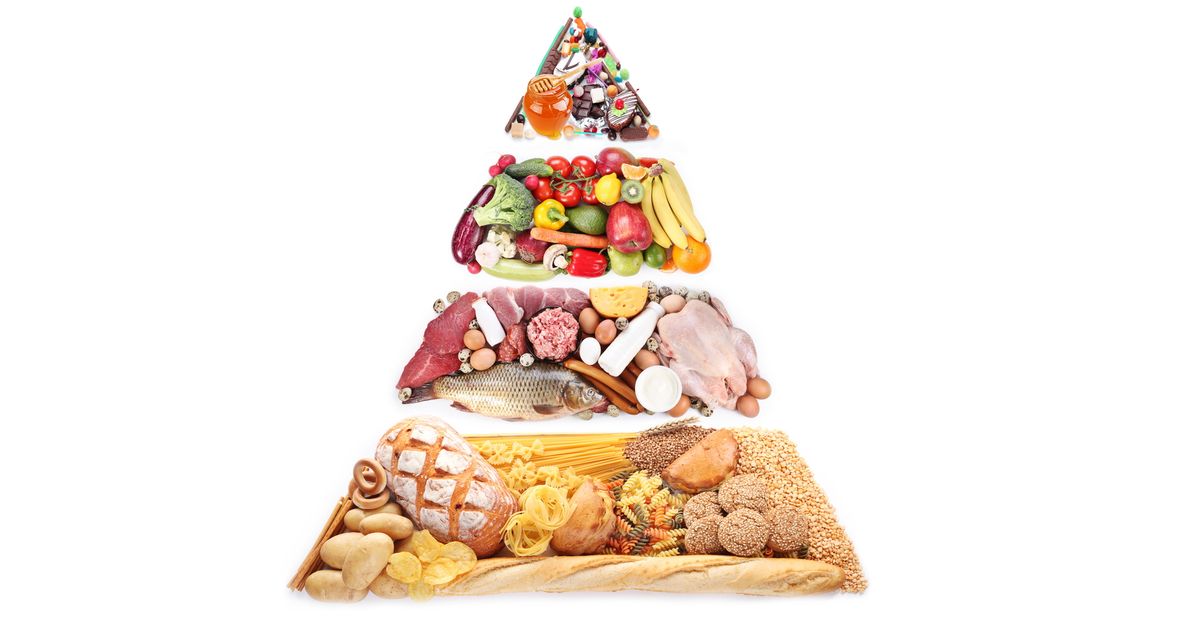WHAT IS A NUTRITIONAL EXAMINATION? WHO SHOULD BE EXECUTED?
Nutrition is extremely important that you should not ignore. Not only stopping at improving your physique but also helping you master a healthy and better life by implementing a diet full of nutrients to "extend your lifespan".

8/4/2023 12:06:58 PM
WHY IS NUTRITION EXAMINATION NECESSARY?
Nutrition plays an essential role for the body. A reasonable diet combined with a healthy lifestyle will determine a person's health status, help reduce the risk of dangerous chronic diseases.
In which overweight obesity is at risk of leading to cardiovascular diseases, stroke, diabetes, osteoarthritis and some types of cancer (cervical, ovarian, breast, prostate, liver, gallbladder, kidney and colon cancer). After the COVID-19 pandemic, it can be seen that obese people who contract SARS-CoV-2 progress more severely, have to transfer intensive care (ICU), ventilate and die higher than those who are not obese.
Therefore, nutrition is extremely important that you should not ignore. Not only stopping at improving your physique but also helping you master a healthy and better life by implementing a diet full of nutrients to "extend your lifespan".

WHO NEEDS NUTRITION EXAMINATION?
Reasonable nutrition is the foundation of health, stature and intellect. Therefore, everyone, even if healthy, should go for a nutrition examination at least once a year, especially the following subjects:
-
Malnourished people
-
Overweight - obese people
-
Women preparing to get pregnant
-
Pregnant and breastfeeding women
-
Children, especially children under 6 years old and children in puberty
-
People with non-communicable diseases such as diabetes, dyslipidemia, gout, chronic kidney failure...
-
People who are monitoring and treating malignant diseases
THE STEPS OF NUTRITION EXAMINATION AT CAREPLUS
Step 1: Anthropometric assessment
Measure body composition by Inbody 270 machine. The advantage of Inbody 270 machine compared to regular health scales is to determine the mass of muscle and fat blocks according to each area of the body.
Assess weight changes in recent times
Step 2: Assess food intake through 2 tools
Ask for a 24-hour record to estimate total energy and nutrients that customers consume each day
Frequency of food consumption to assess customer's eating habits
Step 3: Clinical and subclinical assessment
Depending on the nutritional status and accompanying diseases (if any), the nutritionist will perform biochemical tests, diagnostic imaging to assess the activity of organs
Step 4: Nutrition counseling
Based on the results of anthropometric assessment, food intake, clinical and subclinical, the nutritionist will provide personalized nutrition counseling for customers.

** Note, customers should prepare questions about eating habits or goals in the process of improving nutrition to present to the doctor during the examination to get advice and answers thoroughly without missing any issues.